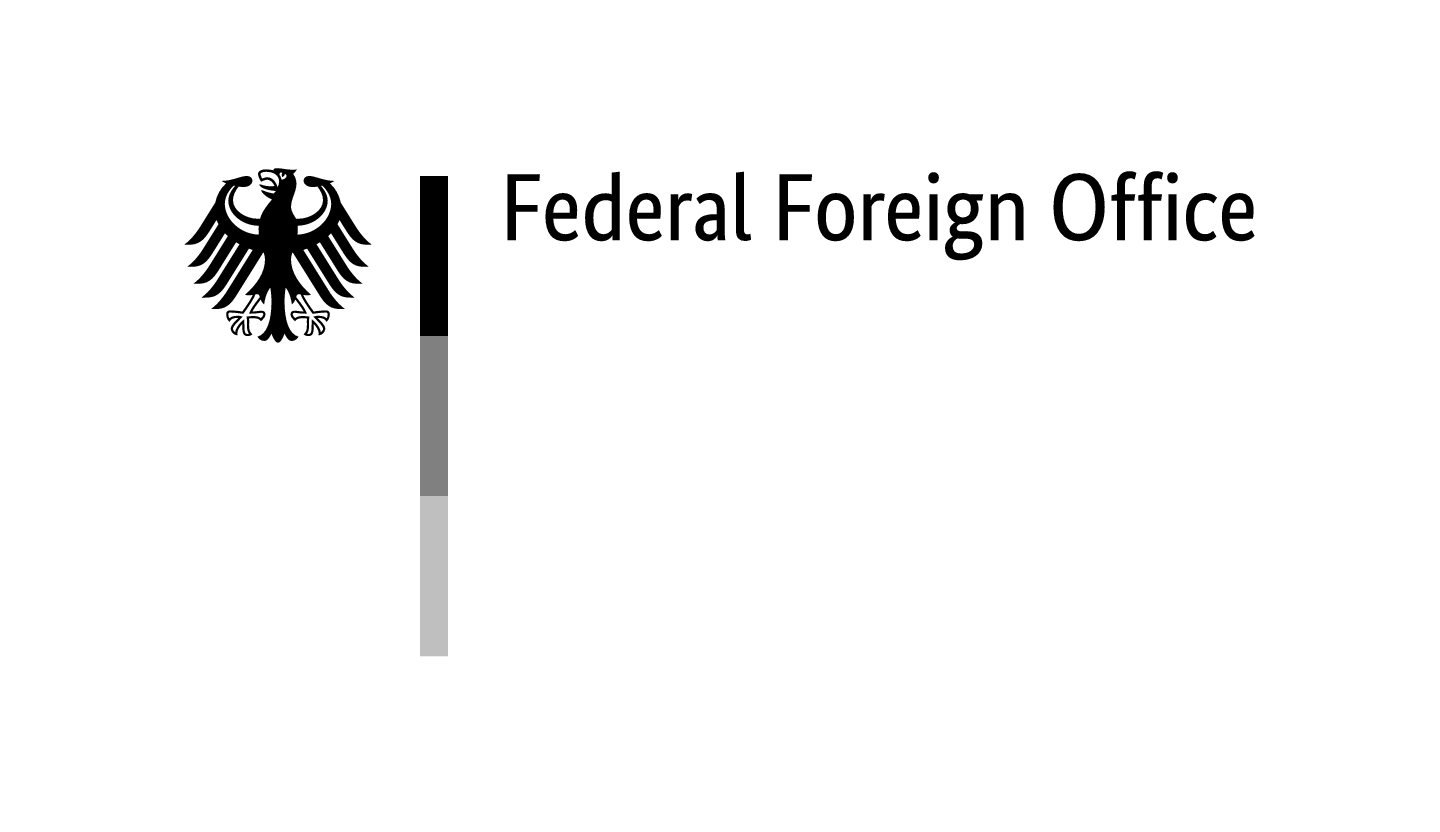With an area of 24, 100 square kilometres, Sardinia is the second largest island in the Mediterranean. During the Fascist era, it was one of the poorest regions in the Kingdom of Italy, where agriculture and pastoralism dominated and there were only a few urban centres. In addition, there were hardly any connecting roads or railway lines, but many swampy and malaria-infested areas.
Banishment of Roma in Sardinia
The Fascist regime selected the provinces of Sassari and Nuoro for the banishment of the Istrian Roma from the province of Pola (Pula). They were the group most affected by this measure. There were 23 heads of families, 14 men and nine women, accompanied by a total of 83 family members—106 people in total. Two families from the Province of Fiume (Rijeka) were also banished to Sardinia.
In Sardinia, the living conditions of the banished were particularly difficult, not only because of the inadequate daily allowance they were paid, but also because the widespread poverty and unemployment on the island made it virtually impossible for them to find work to support themselves. Some of the communities to which Roma were banished were affected by malaria, so that they fell ill without being able to afford the necessary medical treatment.
Sinti and Roma were only released from banishment after the general amnesty came into force on 22 June 1946.1Decreto presidenziale, 22 giugno 1946, n. 4 Amnistia e indulto per reati comuni, politici e militari [Presidential Decree, 22 June 1946, no. 4, Amnesty and remission of punishment for common, political and military crimes], https://www.normattiva.it/uri-res/N2Ls?urn:nir:stato:decreto.presidenziale:1946-06-22;4 [accessed: 15/09/2025]. The decree concerned offences committed after the proclamation of the armistice and in the immediate post-war period. Only a few Sinti and Roma decided to stay in Sardinia; most of them moved to north-east Italy.




